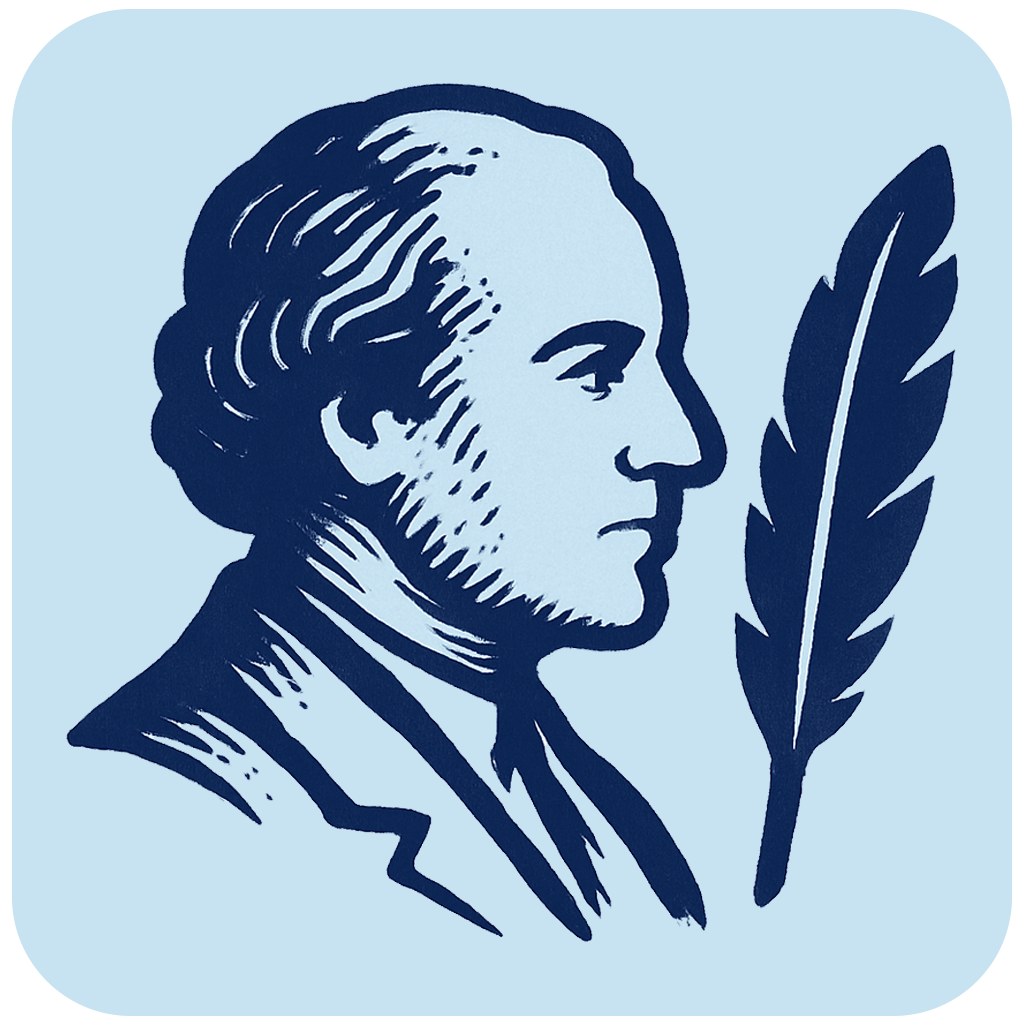Die Brücke
In 1910 Wilhelm Ostwald met and was inspired Paul Otlet and the International Institute for Bibliography. He also received a proposal by Karl Bührer and Adolf Saager concerning the organization of intellectual work. The three of them co-founded Die Brücke, Internationales Institut zur Organisierung der Geistigen Arbiet. (The Bridge, International Institute for Organizing Intellectual Work) on June 11, 1991.

Die Brücke advocated technical standards, the use of the Universal Decimal Classification, and the Monographic Principle, a form of hypertext. The idea was to assemble individual items of knowledge recorded on cards which could be added to, updated, and arranged into a dynamic encyclopedia which they called a World Brain. The Bridge ran put of funds in 1913 and was closed in 1914 after publishing numerous pamphlets.
One lasting legacy of the Bridge is the international standard for paper sizes, ISO 216 (A4 etc.), which was based on its Weltformat (World Format. Details at [[1]]).
Publications
The principal manifesto of The Bridge on the organizing of intellectual work was published in German and in Esperanto ("everybody's second language") in 1911.
- Bührer, Karl Wilhelm and Adolf Saager. Der Organisierung der geistigen Arbeit. Anspach: F. Seybold, 1911. [2]
- Bührer, Karl Wilhelm and Adolf Saager. La organizado de la intelekta laboro per 'La Ponto.' Anspach: F. Seybold, 1911. [3]
Other publications include:
- Bührer, Karl Wilhelm. Raumnot und Weltformat. München: Die Brücke, 1912. [4]
- Wilhelm Ostwald. Das Gehirn der Welt. [The world brain]. Munich: Die Brücke, 1912. Also published in Nord und Süd, Jahrgang 1912, Heft 1 (Jan. 1912): 63-66." [[5]]
Further Reading
- "Die Brücke (institute)." Wikipedia [[6]]
- Hapke, Thomas. "Wilhelm Ostwald, the 'Brücke' (Bridge), and Connections to Other Bibliographic Activities at the Beginning of the Twentieth Century," In: Proceedings of the 1998 Conference on the History and Heritage of Science Information Systems. Ed. by Mary Ellen Bowden, Trudi Bellardo Hahn & Robert V. Williams. Published for the American Society for Information Science and Technology and the Chemical Heritage Foundation by Information Today, Medford, NJ, 1999, pp. 139-47. [[7]]
- Lewandrowski, Peter. 1979. "Der Kampf Wilhelm Ostwalds um die Schaffung eines einheitlichen Informations- und Dokumentationssystems der Wissenschaft -- 'Die Bruecke.'" [William Ostwald's campaign to provide a unified information and documentation system for science]. In: Internationales Symposium anlaesslich des 125. Geburtstages von Wilhelm Ostwald. (Sitzungsberichte der Akademie der Wissenschaften der DDR. Jg. 1979, Nr 13/N) Berlin: Akademie-Verlag. Pp.149-156.
- Krajewski, Markus. Restlosigkeit. Weltprojekte um 1900. Frankfurt am Main: Fischer Taschenbuch Verlag, 2006. Kap. 2: "Die Einheit der Vielfalt. Wilhelm Ostwalds Welt-Bildungen," pp. 64–140.
- Satoh, Takashi. "The Bridge movement in Munich and Ostwald’s treatise in the organization of knowledge." Libri 37, no 1 (1987): 1-24.
